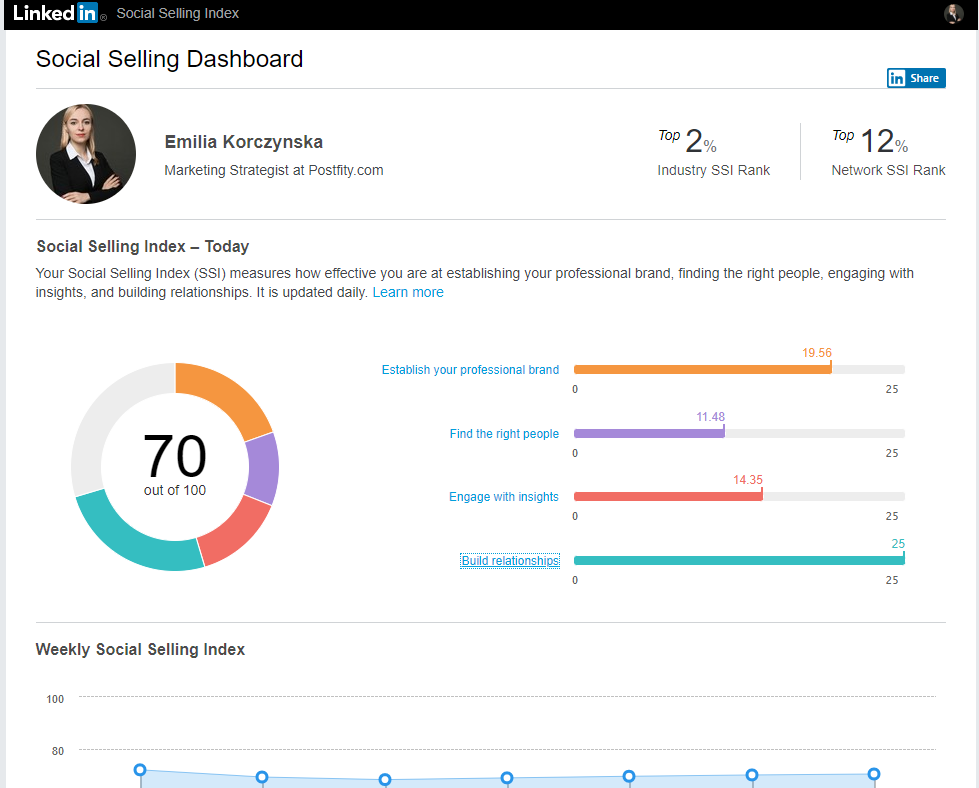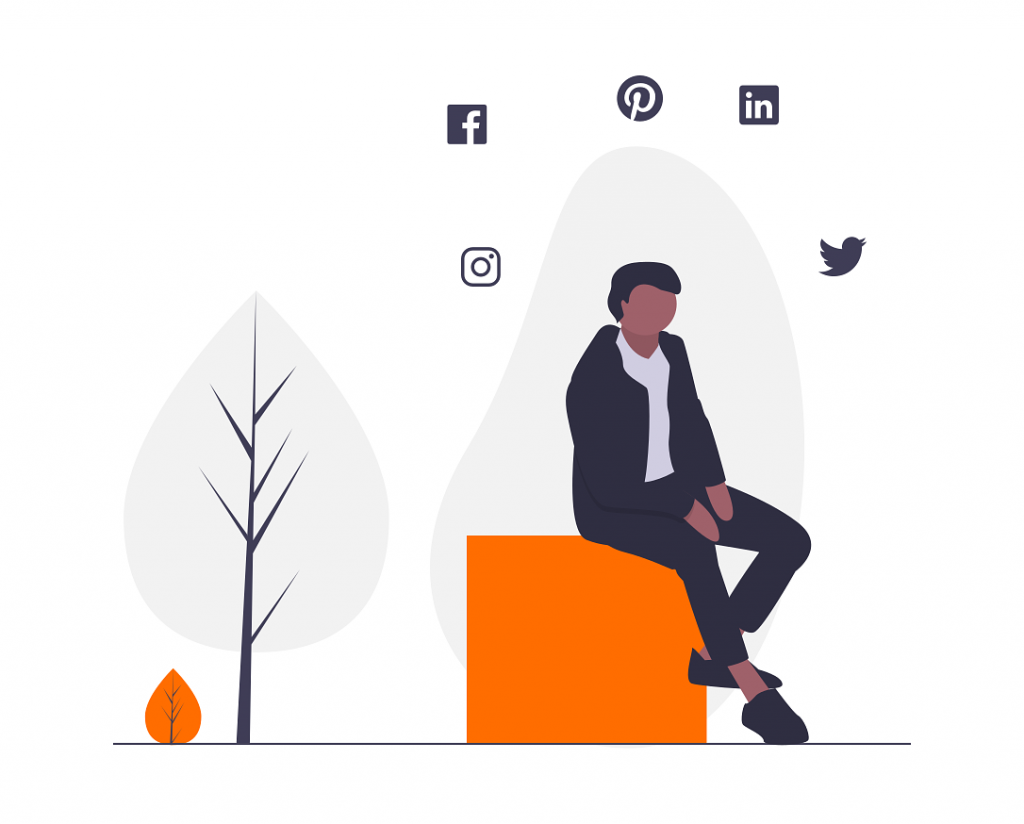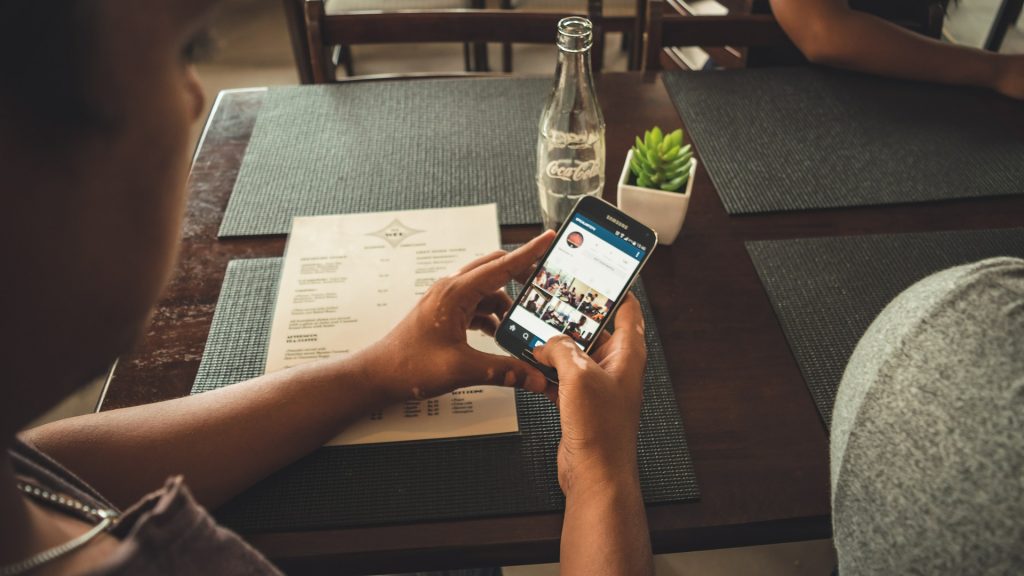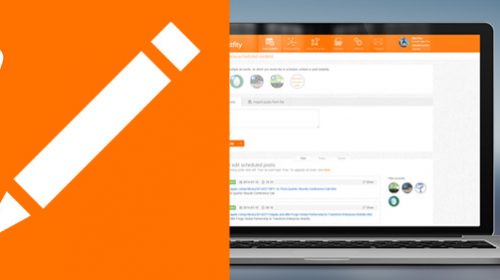Linkedin SSI (Social Selling Index) is a measure of how strong your personal brand on LinkedIn is — in terms of the quality of your connections, your interactions and engagement in conversations and the strength of your professional profile. It is updated daily and you can check it for free here: https://business.linkedin.com/sales-solutions/social-selling/the-social-selling-index-ssi
LinkedIn SSI determines how likely you are to succeed at Social Selling on LinkedIn. Social Selling is another form of content marketing — the content you share organically on your LinkedIn profile leads to sales naturally, without you having to pitch anything. And according to a Social Selling coach Marcin Banaszkiewicz, it is easier to build your LinkedIn SSI than you think — all you need is a few months of consistent work to see a steady stream of leads coming in every day.

Wanna get 1-2 organic leads *per day* from LinkedIn in 3-4 months?
Read our interview with Marcin Banaszkiewicz, Social Selling expert and coach, CEO of MyLogo, and user of Postfity.com – explains how to harness the power of LinkedIn SSI (Social Selling Index) to generate leads – aka master the obscure skill of social selling on LinkedIn!
So, Marcin — in a nutshell — what is social selling?
Social selling is the art of using your personal brand on social media, especially LinkedIn, to generate inbound leads.
Why do you think LinkedIn is the best place to do social selling for business owners? What about Facebook and Instagram?
I think no other social medium lends itself to social selling the way LinkedIn does. Let me explain why.
LinkedIn is a still-underused platform that is offering an excellent source of qualified, underpriced organic traffic and leads.
The two social media, Facebook and LinkedIn — adopted, quite on purpose — completely different monetization strategies.
Compared to the expensive ads on LinkedIn, Facebook is offering very cheap ads.
So, seeing that all marketers are flocking there with marketing budget are being spent on Facebook, Mark Zuckerberg slashed organic reach for business pages in January 2018 down to around 3%, and in August 2018 on Facebook groups. This move was intended to encourage more people to buy ads.
Seeing that it can’t compete with Facebook in terms of price, LinkedIn decided to focus on quality. Fewer, more expensive ads on LinkedIn mean better quality and better user experience. Furthermore, we can use the personal profiles on LinkedIn to promote our business. And organic reach of posts on personal profiles (we are not talking about business pages on LinkedIn – those are completely dead!) tends to be multiple times higher than that of Facebook pages. We can’t really compare organic reach on Facebook personal profile vs. LinkedIn personal profiles, because Facebook does not really lend itself to promoting businesses via personal profiles.
Why not?
People simply don’t go on Facebook to read about business and educate themselves. They go on Facebook to chill, catch up with their friends, and watch funny cat videos.
If you post too much business content on Facebook, or start using storytelling to subtly promote your business venture (so — do social selling), people will just get annoyed, frustrated and ultimately unfollow you and start questioning your sanity.
The business nature of conversations on LinkedIn, on the other hand, means that such ‘business-oriented, professional-development’ content is actually expected and appreciated.
People go on LinkedIn to educate themselves, find business partners, contractors and…to sell. It’s a professional skills, service and content marketplace.
Still, it’s not an online billboard where you can post plainly advertorial content that has no value to the reader. Nobody will be interested in offers for ‘hammers for 9.99!’; having said that, this doesn’t mean you can’t sell hammers on LinkedIn.
So, would you say any business can be successful on LinkedIn, not only B2B businesses?
Yes, I believe every business can be successfully promoted on LinkedIn if done right.
I have worked on promoting [on LinkedIn] businesses as diverse as expensive floor cleaning machines and erotic lingerie.
The former actually achieved massive success on LinkedIn – partly because nobody has been using social selling, and especially storytelling to promote industrial cleaning machines!

The company used examples of how they cleaned different types of floors e.g. from Stansted airport to Liverpool Football Stadium. Have you ever considered why airport floors are always so clean and shiny despite so many people walking on them every day? No?
Well, neither has the target audience of this company on LinkedIn. The storytelling proved so successful, the company made 3 sales to the value of £10,000 in just 7 days of publishing the post!
Also, using personal profiles of employees (employee branding) works excellent on LinkedIn for three reasons – it boosts the organic reach of posts (a single post shared by 20 employees who have only about 1000 contacts in their network can generate the same reach as a Facebook page with 1 million followers!)
It can also help employees feel more recognised (and thus motivate them). Finally, it helps with employer branding – by showing how cool the company is, that its employees are motivated and appreciated, and that it makes sense to work in this company.
On that point: can you explain what exactly employee branding is?

Employee branding is the involvement of employees in promoting their company by showing off their own expertise and investing in building their own personal brand. You can do it by means of videos, webinars, local events and tradeshows etc.
So, what is the key to marketing success on LinkedIn?
Publishing high-quality content every single day. Posting less often than that will affect your Linkedin SSI (Social Selling Score).
Posting every day — Is that even possible?
Yes, every single day. If you automate the process of posting itself, for instance using Postfity.com (I have been using your app for about three months and I’m loving it!) – you can publish a fresh piece of content every day without actually having to do the work every day.
And this kind of automation does not compromise on quality — you still do the work on the posts yourself, it’s just that by batching it you can do it more efficiently.
Can you explain more about the LinkedIn SSI — Social Selling Score?
Linkedin SSI is an index of how likely your LinkedIn profile (and your personal brand) is to sell your products or services. We calculate it on the basis of several factors: the frequency and quality of posts, number and relevance of contacts, number and frequency of your comments, how many people invite you, and how often you invite (and respond to invites) yourself…
Interestingly, your profile picture plays a really large role in it. It should be taken by a professional photographer in business attire, always on a dark background (you don’t want it to look like a passport photo!).
How can one improve their Linkedin SSI (social selling score)?
LinkedIn calculates its SSI on the basis of all the interactions on LinkedIn. So — in order to improve your SSI you need to:
❗️Publish content regularly — both posts and articles
❗️React and respond to comments under your posts
❗️Comment on other posts
❗️Complete your profile
❗️Have a well-curated and active network — make sure you search for people who are in your target client group
❗️Interact with them
❗️Give and get testimonials
❗️Log in daily
❗️Buy a premium account
❗️Join groups
❗️Send inmails
❗️Invite high profile and well-connected “VIPs” into your network ????
❗️Accept invitations
❗️Invite other people
How can social selling score help you promote your business?
As I mentioned before, the reach of your personal profile on LinkedIn is higher than on Facebook or LinkedIn pages. This is because your personal brand helps you build real connections with your potential clients in the ideal client group.
By building your personal brand on LinkedIn you build trust. People buy from people, not from brands. So having a strong brand reflected in your LinkedIn SII will help you make more sales without actually doing sales.







